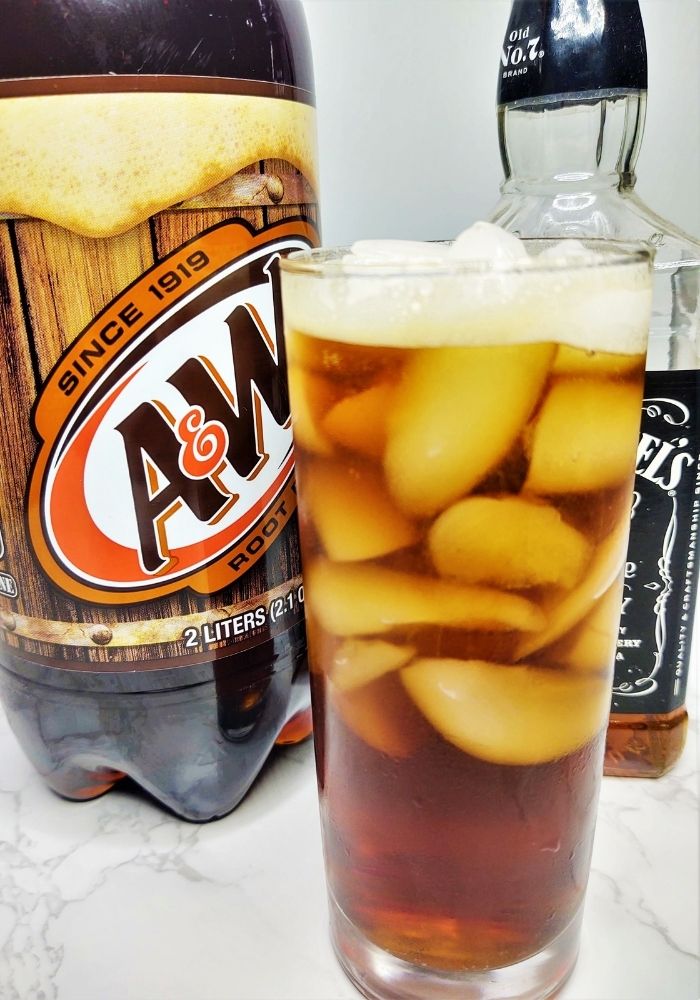

It primarily gives off caramel, vanilla, and oak flavors which makes it well-balanced. On the other hand, bourbon is known for its smooth, light, and sweet taste. It gives off a specific heat in your throat that can be a little off, especially for light drinkers. Rye is known to have a strong kick of spicy and bitter flavors that can be intimidating to most people, that drinking it in one shot is not advisable. However, these two vary in taste mainly because of the main ingredient involved in the production. It’s a no-brainer that both rye and bourbon tastes terrific. Now that you are familiar with the difference between rye and bourbon, it’s time to identify which between the two is better in several categories. It is also known to undergo a charcoal filter before it is barrel-aged. Tennessee bourbon is just straight-up bourbon that is made in Tennessee. High-rye bourbon has a more sharp, spicy, and intense flavor that is most ideal as a base for cocktails. It is the most drunk type of bourbon because of its balanced flavor profile. Traditional bourbon is made of 15% barley, 15% rye, and 70% corn. There are three main types of bourbon served in glasses that are common in the market: Still, some historians and researchers found the word bourbon to be derived from either of the following: the French Bourbon Dynasty, Bourbon County in Kentucky, and Bourbon Street in New Orleans. The name’s origin is not 100% historically noted. What is Bourbon Whiskey?īourbon is a barrel-aged distilled whiskey made of 51% corn as its primary base in the mash bill. Most of their rye whiskey has more corn in the mash bill compared to rye itself. For one, they can make whiskey with anything and still call it rye. While many rules are involved in American rye, its Canadian counterpart is more open on what makes whiskey rye. This variation is a staple in bars and households because of its natural taste and classic consistency. Whiskey is also called “rye” when aged for at least two years without any other spirit mixture.ĭrinkers commonly consume two main types of rye whiskey:Īmerican rye is made based on the ingredients mentioned above and rules. The alcohol should be contained in barrels with no more than 125 proof or 62.5% abv. Moreover, it should be in charred and new oak barrels. In the U.S., rye should not be distilled to more than 160 U.S. This whiskey type comprises 51% rye and other mixtures in the mash, including corn and barley. However, the subtle change in ingredients creates a drastic difference in the overall drinking experience. Technically speaking, rye and bourbon share similar qualities. The development of rye can be traced back to the states of Pennsylvania-Maryland in the 1700s. While individual styles may impose particular specifications ( Irish whiskey, for example, must be made with malted barley and matured in oak for at least three years) and even different spellings (expect to see "whisky" on bottles from Scotland, Canada, and Japan while Americans and the Irish go with "whiskey") it's ultimately a highly flexible category that includes a number of iconic styles including scotch, rye, and bourbon.Rye is a classic whiskey.

Fermented from a mash of cereal grains (think: wheat, barley, corn, rye) and aged in wood barrels, it's one of the most diverse and widely-crafted spirits in the world, with Scotland, Ireland, Canada, Japan, and the United States being the biggest commercial producers. The earliest written account of whiskey making dates back to the late 1400s, and though its actual origins are murky, both the Scottish and Irish lay claim to its invention. If you're feeling a little fuzzy on the subject yourself, or just want some fun facts to share next time you open a bottle, here's a primer on this essential brown liquor. One of the most common conundrums? Understanding the difference between whiskey and bourbon. The perpetually quotable Mark Twain once said, "Too much of anything is bad, but too much good whiskey is barely enough." It's a sentiment that has certainly echoed through time- the word itself comes through various Celtic interpretations of the Latin phase aqua vitae, “water of life.” But with dozens of styles spread across the globe, whiskey can be almost as confusing as it is delectable.


 0 kommentar(er)
0 kommentar(er)
